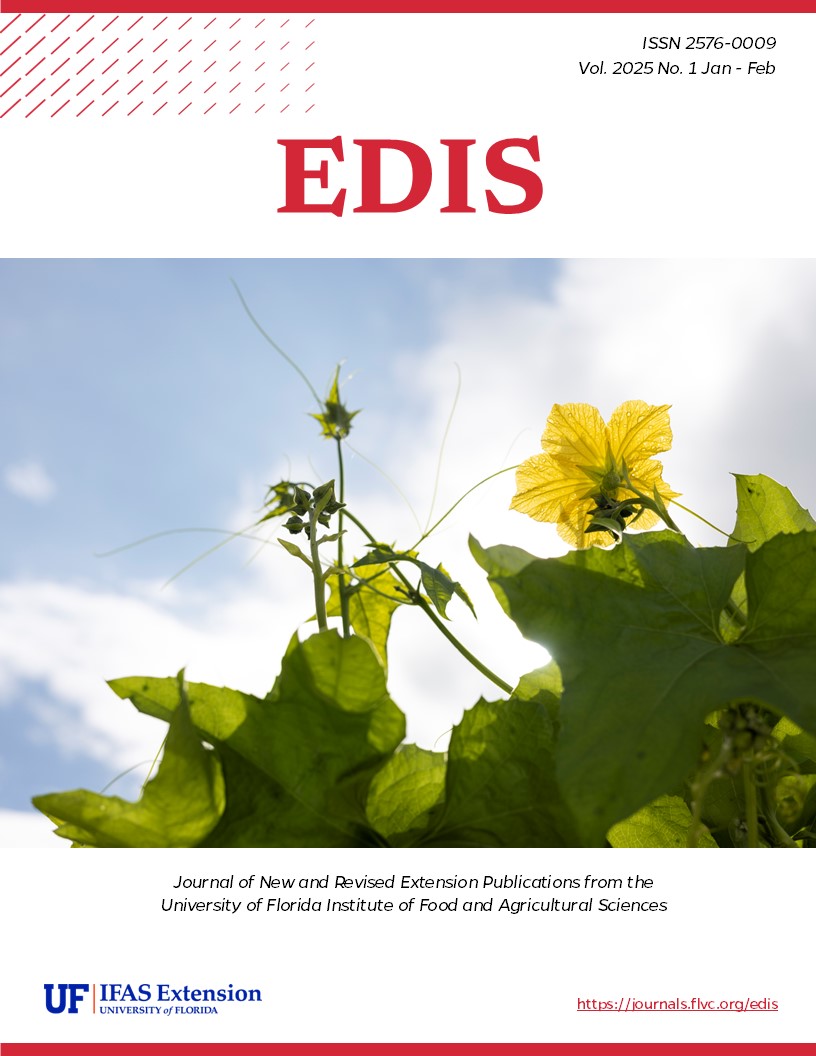Abstract
Esta publicación provee un análisis profundo de Luminitzera racemosa para el uso de personas con algún conocimiento en la biología, así como la audiencia académica.
References
EDDMapS. 2022. Early Detection & Distribution Mapping System. The University of Georgia - Center for Invasive Species and Ecosystem Health. Disponible en línea en http://www.eddmaps.org/. Visitado el 13 de mayo de 2022
Fourqurean, J. W., T. J. Smith, J. Possley, T. M. Collins, D. Lee, and S. Namoff. 2010. “Are mangroves in the tropical Atlantic ripe for invasion? Exotic mangrove trees in the forests of South Florida.” Biological Invasions 12 (8): 2509–2522. https://doi.org/10.1007/s10530-009-9660-8
Godfrey, R. K., and J. W. Wooten. 1981. Aquatic and wetland plants of Southeastern United States: Dicotyledons. University of Georgia Press. https://doi.org/10.1353/book13203
Loudon, J. C. 1839. Loudon's Hortus Britannicus: A Catalogue of All Plants, Indigenous, Cultivated In, Or Introduced to Britain. London: Printed for Longman, Orme, Brown, Green, and Longman. https://doi.org/10.5962/bhl.title.68944
USDA. (n.d.). Lumnitzera racemosa Willd. white-flowered black mangrove. USDA plants database. Recuperado el 27 de mayo de 2022 https://plants.usda.gov/home/plantProfile?symbol=LURA3
Wunderlin, R. P., B. F. Hansen, A. R. Franck, and F. B. Essig. 2024. Atlas of Florida Plants (http://florida.plantatlas.usf.edu/). [S. M. Landry and K. N. Campbell (application development), USF Water Institute.] Institute for Systematic Botany, University of South Florida, Tampa.

This work is licensed under a Creative Commons Attribution-NonCommercial-NoDerivatives 4.0 International License.
Copyright (c) 2025 UF/IFAS

